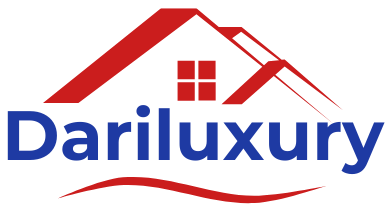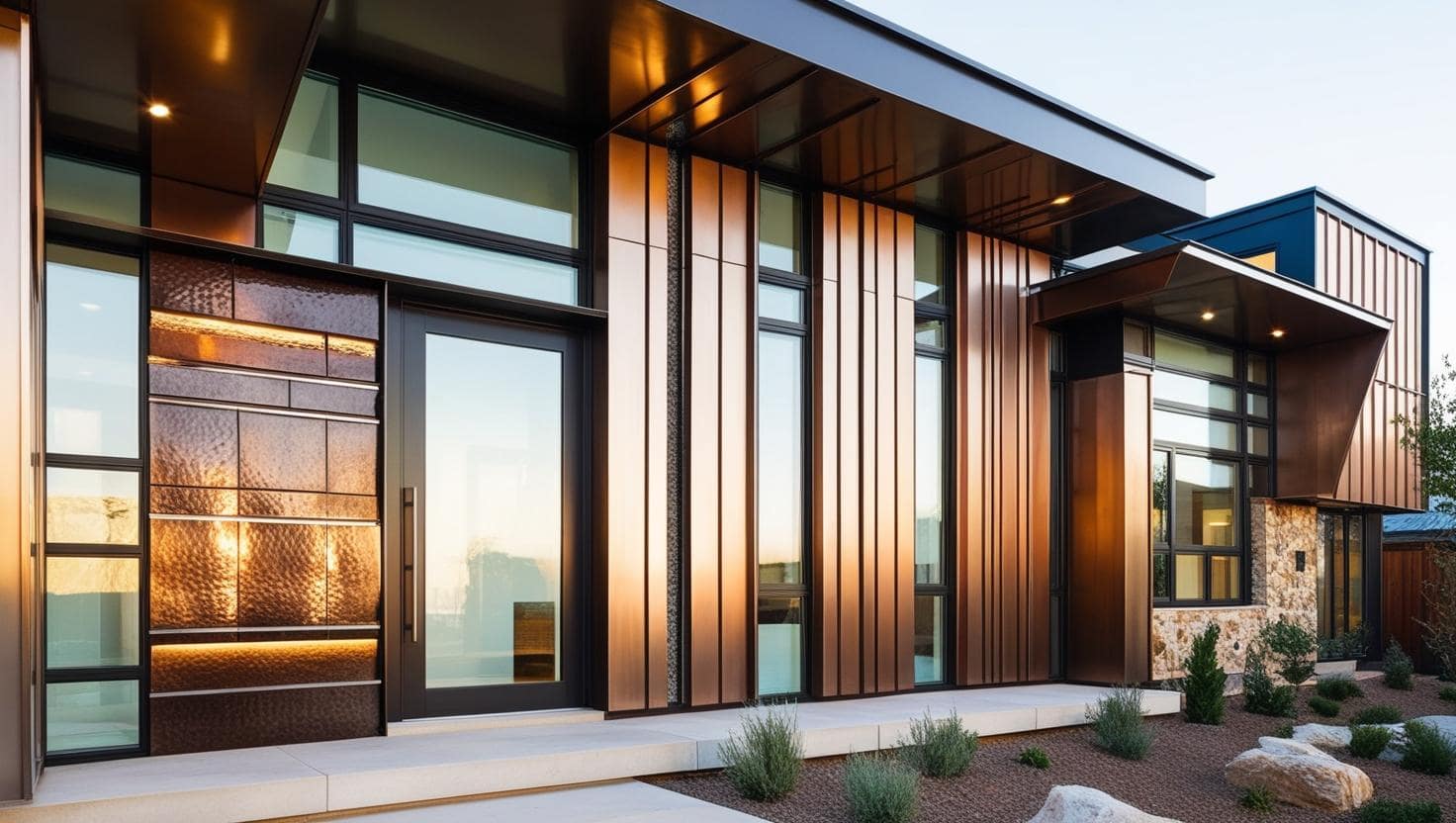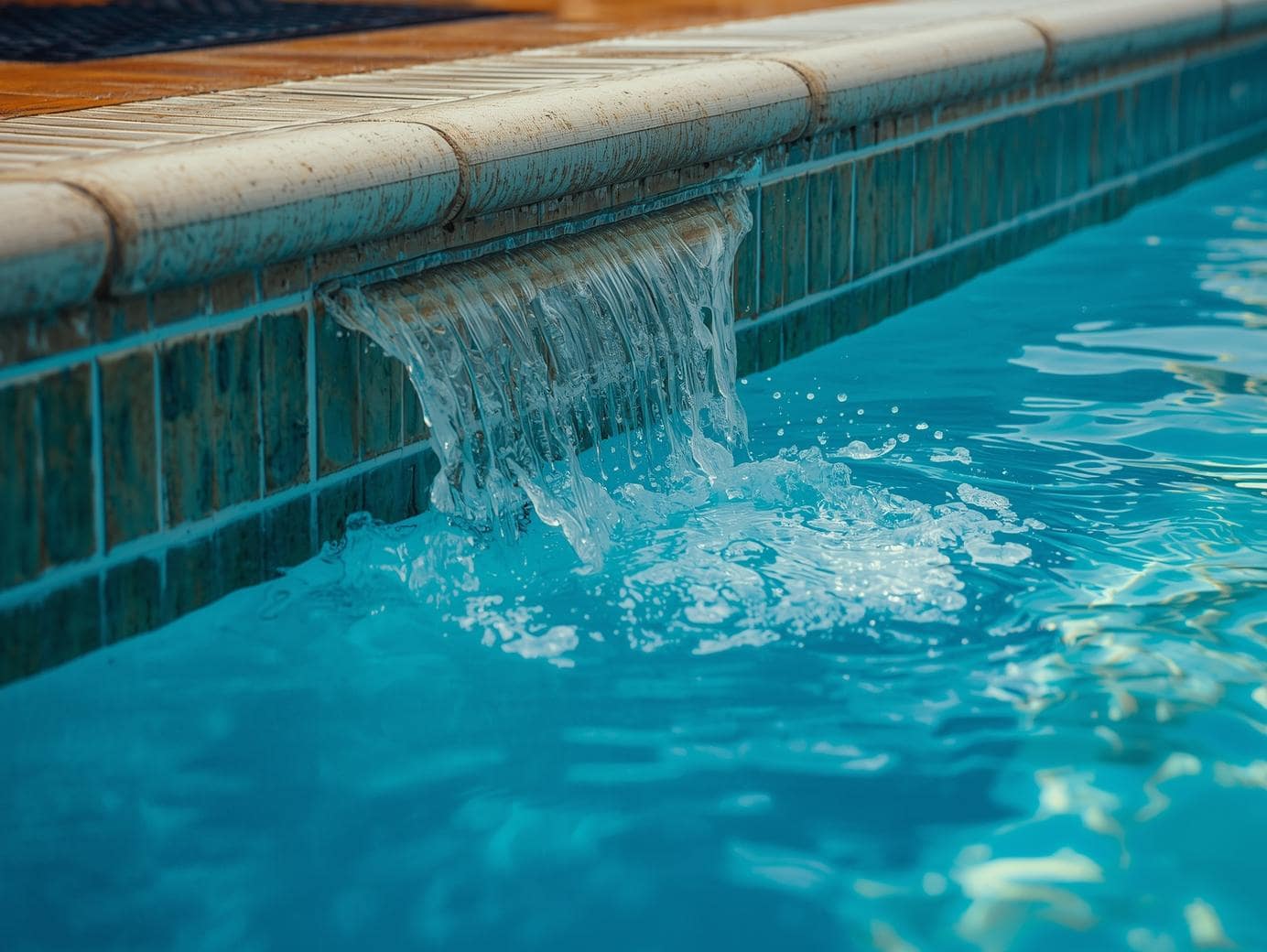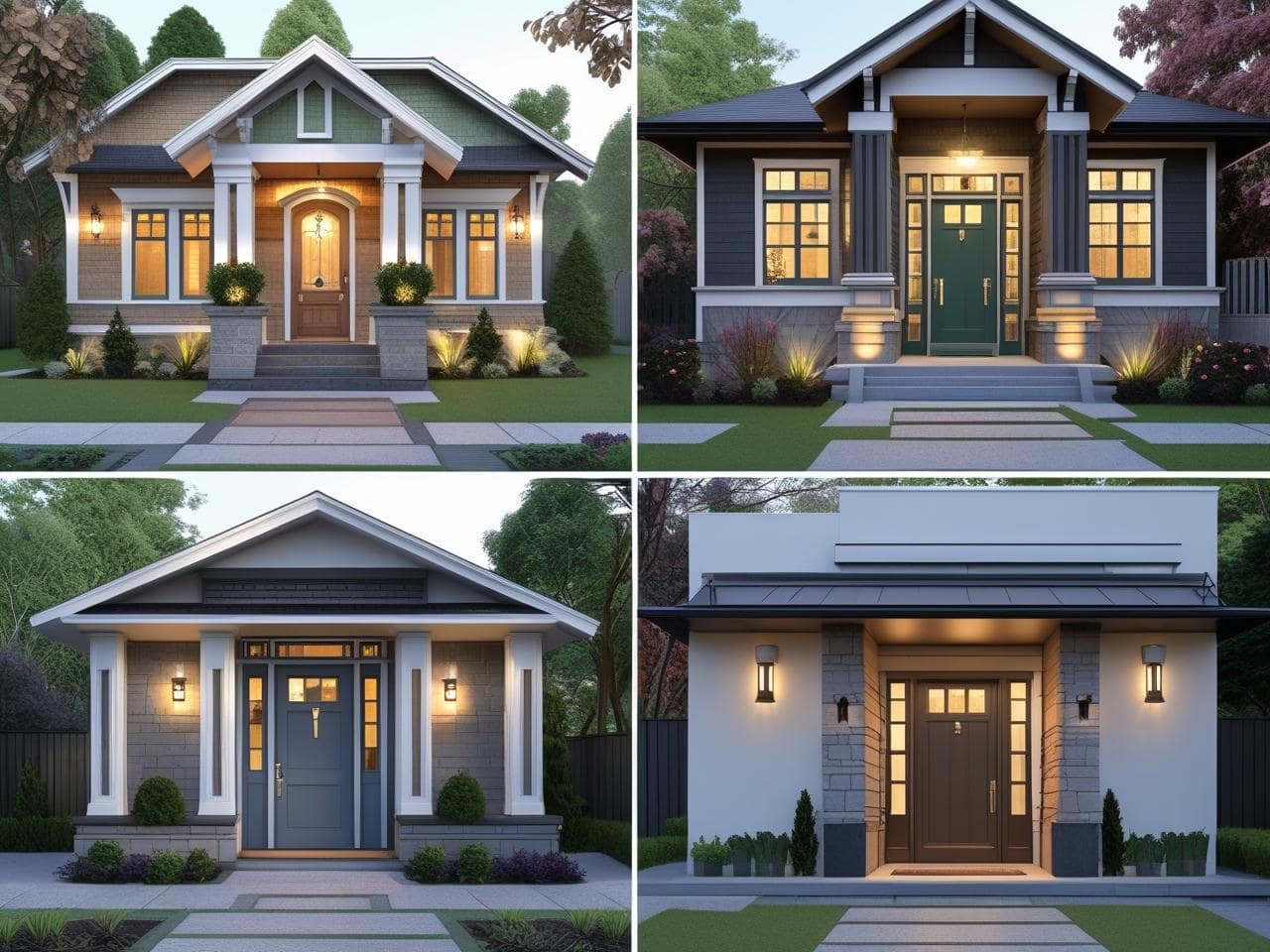When it comes to exterior design, metals play an essential role in enhancing both the aesthetic appeal and functionality of a home. Whether you are considering metal roofing, siding, railings, fences, or decorative accents, the choice of metal is crucial for achieving the right balance of durability, maintenance, and style. Steel, aluminum, and copper are three popular metals used in residential exteriors, each offering unique benefits and drawbacks. In this detailed guide, we’ll help you navigate the options and choose the best metal for your home.
1. Exterior Metals – Steel: Strong, Durable, and Versatile
Overview: Steel is one of the most commonly used metals in exterior design, and for good reason. It is known for its strength, durability, and ability to withstand extreme weather conditions. There are different types of steel, including galvanized steel, stainless steel, and weathering steel, each offering unique properties for various applications.
Advantages of Steel:
- Durability and Strength: Steel is incredibly strong and resistant to impact, making it ideal for structures that need to endure high winds, heavy snow, or physical stress. It’s one of the most durable materials available for exterior use.
- Corrosion Resistance (Galvanized and Stainless Steel): Galvanized steel is coated with a layer of zinc to prevent rust, while stainless steel contains chromium to resist corrosion. This makes steel an excellent choice for coastal areas or homes exposed to moisture.
- Fire Resistance: Steel is non-combustible, which adds an extra layer of safety to your home.
- Design Flexibility: Steel can be used for a wide range of applications, from roofing to fencing to decorative elements. It can be painted in a variety of colors and finishes, offering plenty of design flexibility.
Drawbacks of Steel:
- Cost: Steel can be more expensive than some other materials, especially stainless steel.
- Weight: Steel is heavier than aluminum and may require additional support structures, especially when used for large surfaces like roofing.
- Maintenance: While galvanized and stainless steel are resistant to corrosion, they still require periodic maintenance to keep them in top condition. Over time, steel may develop scratches or dents that need attention.
Best Use Cases:
- Roofing: Steel is ideal for standing seam metal roofs, which provide a sleek, modern look and long-lasting protection.
- Siding: Steel siding is durable and low-maintenance, providing an industrial or contemporary aesthetic.
- Railings and Gates: Steel railings offer a clean, sturdy, and modern look for exterior spaces.
2. Aluminum: Lightweight, Resistant, and Modern
Overview: Aluminum is a lightweight, corrosion-resistant metal often used in modern exterior design. It is popular for its versatility, ease of installation, and lower cost compared to steel. Aluminum siding, roofing, and windows are common features in homes with contemporary designs.
Advantages of Aluminum:
- Light weight: Aluminum is lighter than steel, making it easier to handle and install. This can help lower labor costs and is ideal for projects that don’t need heavy structural support.
- Corrosion Resistance: Aluminum forms a natural oxide layer that protects it from rust and corrosion, making it an excellent option for homes in coastal or wet areas.
- Energy Efficiency: Aluminum can be treated with reflective coatings that improve the energy efficiency of your home. Cool roofs, made from reflective aluminum, help reduce cooling costs in hot climates.
- Low Maintenance: Aluminum requires minimal upkeep. Unlike steel, it does not need to be repainted regularly and can withstand the elements without deteriorating.
- Aesthetic Flexibility: Aluminum can be finished in a range of colors, including matte, glossy, or satin finishes. It can also be textured to mimic other materials, such as wood or stone.
Drawbacks of Aluminum:
- Softness: Aluminum is softer than steel, meaning it is more prone to dents and scratches. While it’s generally resistant to corrosion, it can still be damaged by impacts or extreme weather.
- Expensive for Larger Applications: While generally more affordable than steel or copper, large-scale applications like roofing or siding in aluminum can still be relatively pricey.
Best Use Cases:
- Roofing: Aluminum roofing offers excellent protection against the elements and is especially popular in modern, minimalist designs.
- Siding and Panels: Lightweight aluminum is often used in contemporary home exteriors to create a sleek, streamlined look.
- Windows and Doors: Aluminum is frequently used in window frames and exterior doors due to its strength, lightness, and resistance to corrosion.
3. Copper: Timeless, Elegant, and High-End
Overview: Copper is often considered the luxury metal in exterior design, prized for its elegance, distinctive appearance, and durability. Over time, copper develops a unique patina, a greenish layer that adds character and charm to any home. This is a metal that ages beautifully and can enhance both modern and traditional designs.
Advantages of Copper:
- Aesthetic Appeal: Copper is highly valued for its natural beauty. Freshly installed copper has a rich reddish-brown color, which over time transitions to a distinctive greenish patina. This evolving color change adds character and a sense of timelessness.
- Durability and Longevity: Copper is extremely durable and, when properly maintained, can last for decades without deteriorating. It’s resistant to corrosion, rust, and decay, making it suitable for high-moisture environments.
- Low Maintenance: Copper is a low-maintenance material. It doesn’t require regular painting and often improves in appearance as it ages, developing its patina over time.
- Environmentally Friendly: Copper is 100% recyclable and can be reused without losing its quality, making it an eco-friendly option for sustainable exterior design.
Drawbacks of Copper:
- Cost: Copper is one of the most expensive metals for exterior applications, which may be prohibitive for some homeowners.
- Softness and Scratching: Like aluminum, copper is soft and prone to scratches. However, its aesthetic value often outweighs this drawback for those seeking a distinctive, high-end look.
- Patina Concerns: While many people love the patina that develops over time, some homeowners may prefer the metal to retain its original color. This requires periodic cleaning and care to prevent the patina from forming prematurely.
Best Use Cases:
- Roofing: Copper roofing is highly durable and adds a striking, elegant appearance to any home. Its natural aging process makes it particularly popular in historic or luxury homes.
- Accents and Decorative Elements: Copper is commonly used in gutters, downspouts, door hardware, light fixtures, and other decorative elements that add a touch of elegance to the exterior.
- Fences and Gates: Copper’s rich, warm appearance makes it ideal for high-end fences and gates.
Which Metal Should You Choose?
The choice between steel, aluminum, and copper depends on your specific needs, budget, and aesthetic preferences.
- For strength, durability, and versatility: Choose steel, especially if you want a robust material that can handle extreme weather and offer a modern, industrial look. Steel is ideal for roofing, fencing, and structural elements.
- For lightweight, corrosion-resistant, and low-maintenance: Choose aluminum, particularly for projects like siding, roofing, and windows where easy installation and energy efficiency are a priority. It’s a great option for modern homes.
- For luxury, timeless beauty, and elegance: Choose copper if you want to invest in a high-end material that adds charm, beauty, and uniqueness to your home. Copper is perfect for luxury roofing, accents, and features that age beautifully over time.
Ultimately, the best metal for your home will depend on your personal style, the climate of your location, and how much you are willing to invest in long-term durability and aesthetic appeal.




sx794b
047yj1
mtartn
0fsh9j
11r4hk
toronto casino
References:
https://images.google.co.za/url?q=https://rentry.co/6k4g8avm
casino vegas
References:
http://1v34.com/space-uid-1152370.html
blackjack software
References:
https://manghe.timizhuo520.cn/home.php?mod=space&uid=651713
video poker jacks or better
References:
https://squareblogs.net/trampsarah03/our-18-favorite-new-york-casino-hotels-new-york-state-united-states-in-2025
alton belle casino
References:
https://www.tarauaca.ac.gov.br/profile/lyhneaogsmidt27418/profile
slot games for fun
References:
https://devops.rs2i.fr/fredqne028057
casino game online
References:
http://116.198.44.217:8040/trishacannon03
lucky eagle casino texas
References:
https://git.limework.net/alibrandon5845
video poker game
References:
https://www.insert-bookmark.win/10-best-usa-real-money-casino-sites-for-online-gambling-2025
casper games
References:
http://md.sunchemical.com/redirect.php?url=http://xtonik-plus.ru/user/throccpolv
Damit Ihnen der Einstieg in unser Casino so leicht wie möglich fällt, haben wir für Sie einen speziellen Willkommensbonus bereitgestellt, mit dem Sie sich zusätzlich Geld zum Spielen sichern können. Aus diesem Grund haben wir uns eine Vielzahl von verschiedenen Promotionen einfallen lassen, mit denen Sie unter anderem Freispiele und Bonusguthaben abräumen können. Besuchen Sie also am besten gleich unsere Homepage, um alle nötigen Informationen erhalten zu können. Unser Online Casino bietet eine riesige Auswahl von Spielen, die für Sie zur Verfügung stehen.
Das hitnspin casino überrascht mit einem durchdachten Bonussystem für jeden Spielertyp. Neue Mitglieder beginnen mit dem niedrigsten Status (Figher), sobald sie zum ersten Mal einen Einsatz mit Echtgeld im Casino machen.Wenn Sie mehr spielen, erhalten Sie Punkte, die Sie in einem speziellen Shop einlösen können. Auf der zweiten Stufe (Warrior) erhalten Sie einen 70% Geldbonus und 75 Freispiele für Sold it von Evoplay. HitnSpin Casino begrüßt alle neuen Spieler mit einem fantastischen Willkommensbonus von bis zu 800 Euro plus 200 Freispielen.
References:
https://online-spielhallen.de/verde-casino-50-freispiele-sichern-angebot-details/
Bei den Tischspielen kommen typische Glücksspiele vor, beispielsweise Roulette oder Blackjack. Es werden ähnliche Regeln verwendet, doch man kann alleine spielen und Videopoker sogar als kostenloses Casinospiel entdecken. Poker gehört zu den bekanntesten Glücksspielen überhaupt und kein Online Kasino kommt ganz ohne den Klassiker aus.
Oben rechts befinden sich die Schaltflächen für die Anmeldung und die Registrierung sowie eine Option zum Umschalten der Sprache der Website. Das benutzerfreundliche Layout sorgt dafür, dass sich auch Erstbesucher leicht zurechtfinden. Zusammenfassend lässt sich sagen, dass Hit’N Spin für Liebhaber des online-Glücksspiels eine zuverlässige Option für ein ganzheitliches Casino-Erlebnis darstellt.
References:
https://online-spielhallen.de/888casino-im-test-slots-poker-zahlungen-bonus/
roulette probability
References:
http://wzgroupup.hkhz76.badudns.cc/home.php?mod=space&uid=4030718
casino aztar
References:
https://clements-palmer.technetbloggers.de/home-1764199110
Your point of view caught my eye and was very interesting. Thanks. I have a question for you. https://accounts.binance.info/en-NG/register-person?ref=YY80CKRN
wizard of oz slots
References:
http://iapple.minfish.com/home.php?mod=space&uid=5719599
la roulette
References:
https://mozillabd.science/wiki/Lukki_Casino_Review_Expert_Player_Ratings_2025
poker machine games
References:
https://motionentrance.edu.np/profile/dealqueen30/
spin games
References:
https://www.google.co.ls/url?q=https://escatter11.fullerton.edu/nfs/show_user.php?userid=9431244